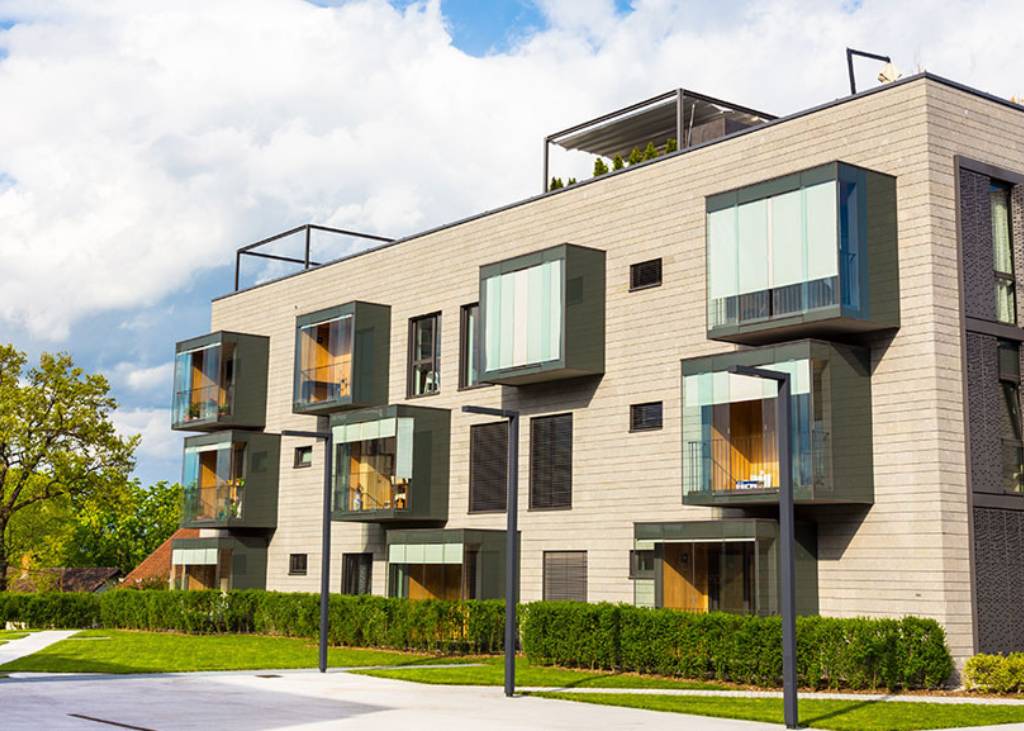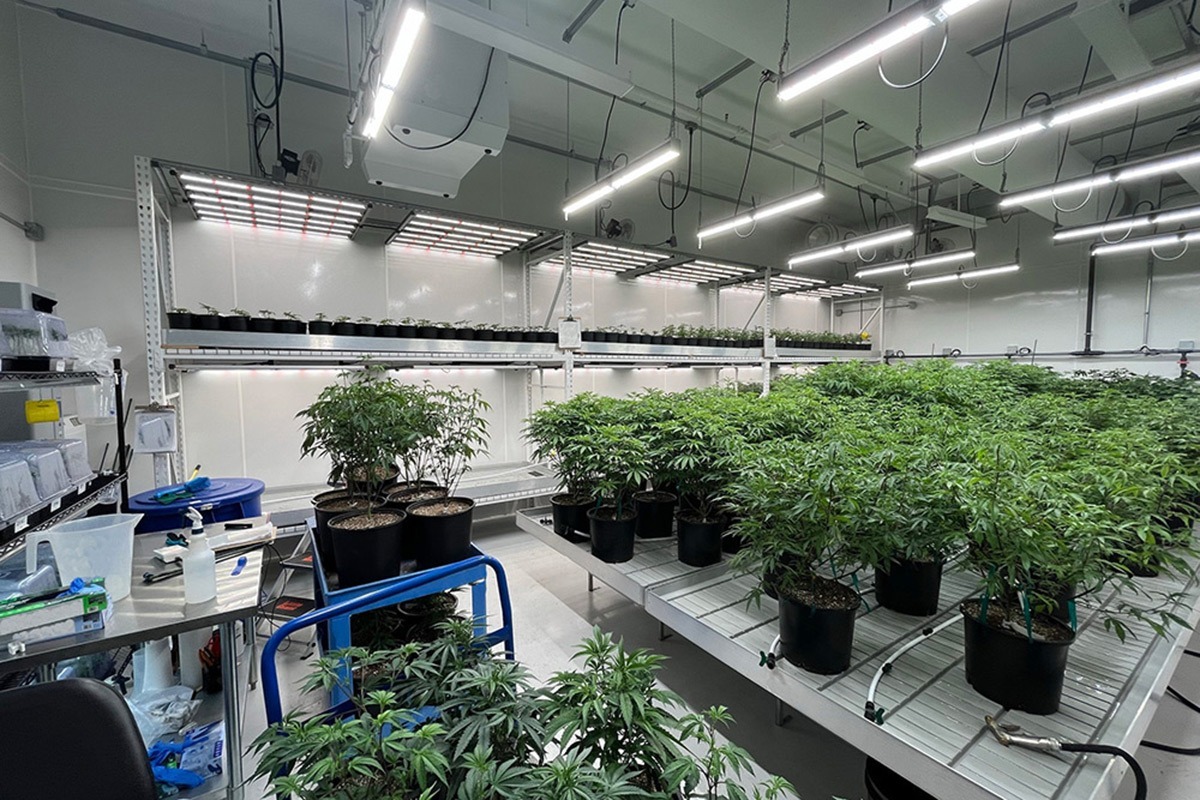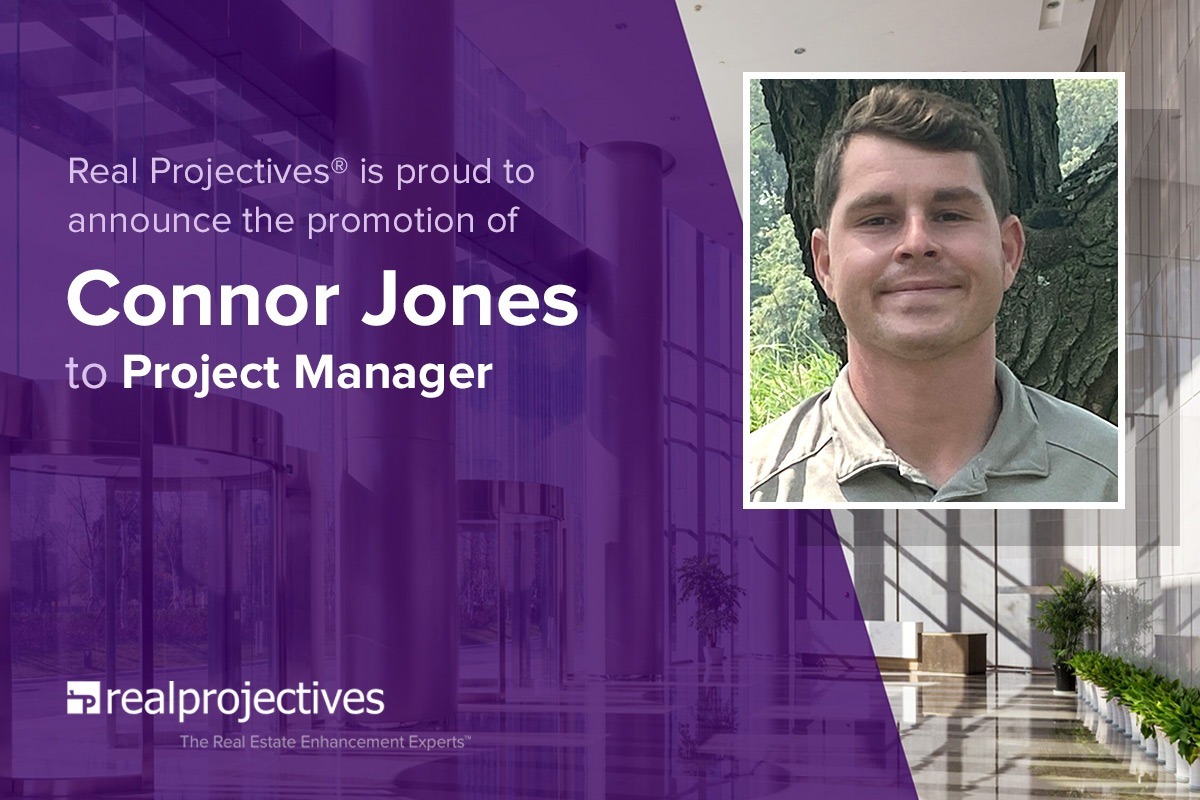Investing in Real Estate Development – Part 1, Six Factors to Consider

Maybe you are not a developer or property manager, but you want to invest in turning that unused shopping center into a mixed-use project or a piece of land into an apartment building.
From the initial concept to the first shovel of dirt and lasting impression on the community and economy, there is nothing else like real estate development. And investing in real estate development deals can be lucrative. It has the potential to yield a bigger ROI than many other forms of investments. But there are more ways to help finance them than there are projects to choose from. So how do you select the best fit? In this article, we explore six key investment factors.
First, is the most obvious one – how much? The amount of cash you have to deploy combined with whether a one-time investment or start of longer-term cash contributions, will narrow down the choices. If you only have $25,000 to invest now, you will probably do best to buy some real estate stock (like a REIT) or mutual fund, or you could help a friend or family member do that deal. On the opposite end of the spectrum, if you have family funds in the millions of dollars or represent a real estate fund with billions to invest each year, real estate is a great way to place large sums of money financing individual deals or a portfolio of multiple similar deals.
While somewhat related to amount, size matters. Smaller projects can offer similar, or better, percentage returns as the larger ones. However, though less money is required there will usually be a smaller dollar (multiple) return. An individual or group of friends looking to invest might consider financing a single-family home flip, triplex apartment rehab or maybe a freestanding building for professional office or retail shop use. On the other end, private equity and pension funds, and real estate investment trusts (REITs) usually finance multi-story and multi-building projects.
Another factor is location. Many people like real estate because is tangible – it provides something to look at, touch and smell. And it’s important to know not only the specific location of the property (most products can’t be moved once built) but also the neighborhood and greater competitive marketplace. So, you should pick a location that either is already familiar or that you can get to before investing and occasionally throughout your hold period. Usually, a single investor selects a tolerable drive radius while an institutional investor is willing to spend money sending folks to visit. A related factor will be whether you are willing to be considered a domestic or foreign investor for legal and tax reasons.
You can also choose what kind of development to invest in. Some get pleasure from investing in structures that solve community problems locally. These could be women’s shelters, or offices that house and distribute funds to local businesses, organizations and nonprofits. Some people enjoy being a part of something bigger – a legacy to the city. Projects like these include parks that serve communities or larger-scale structures where people gather and make memories for their families.
Extent of development is a significant factor. Investing in a project that plans only cosmetic refresh and system upgrades (capital renovations) to an existing building typically needs less money than creating a new 20-acre apartment complex in the suburbs (known as greenfield). And the more involved the work, the greater the likelihood of needing time for garnering approvals and permits as well as bringing utilities, and maybe even roads, to the site. The latter requires more patient money and much higher risks unless you can find a “shovel ready” project with permits and contractors lined up already.
Lastly, don’t underestimate your required time in addition to money. The more complex, remote and longer your investment will be in a deal, the more time and expertise will be needed to oversee your money. If you can select a project/fund sponsor or developer with a strong track record of success on the specific product type and location, you might be able to wire your money and collect the returns.
However most smart real estate investors carefully monitor what decisions are being made and how their cash is being spent. So, if you can’t personally perform those functions for any reason, who will help you?
In part 2, we will discuss the key risks to understand and mitigate when investing in real estate development deals.
Real Projectives® helps clients make informed real estate renovation and development decisions and oversee or manage the execution of projects essential to their investments. If you have questions about how we can help you, please connect with us at 888-357-7342.


